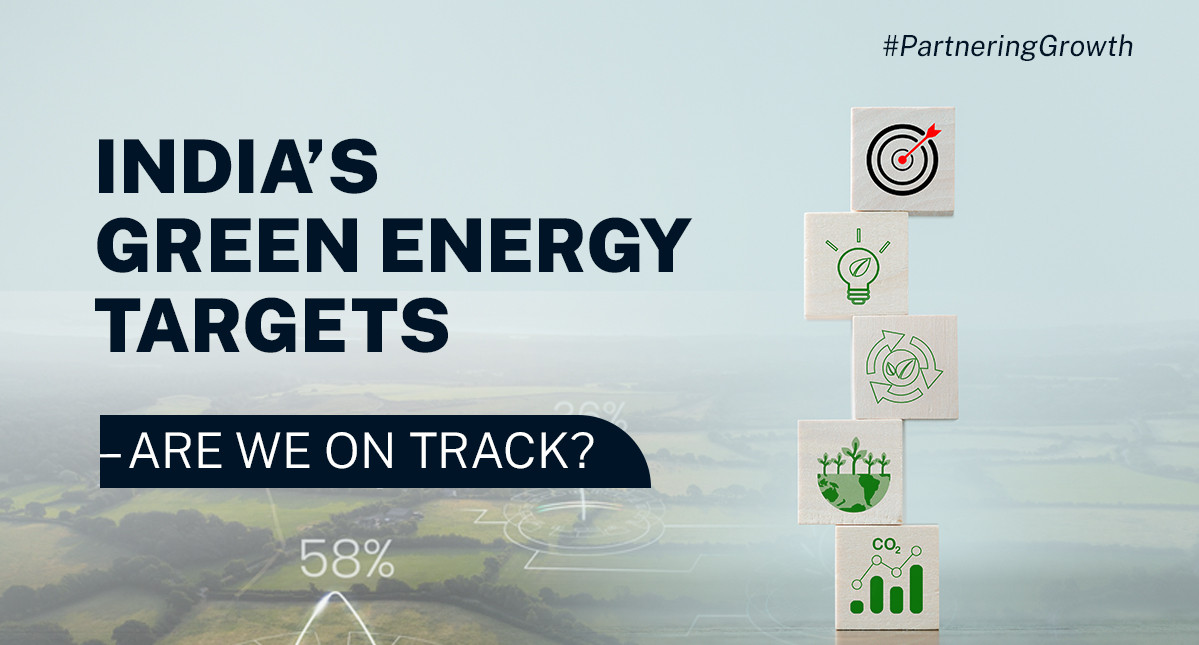


India is charting an ambitious path toward a sustainable energy future, setting bold targets to accelerate the use of clean power. As of June 2025, India’s total installed power capacity reached 476 GW, with non-fossil fuel sources accounting for 235.7 GW (49%), as I mentioned in my recent carousel post on LinkedIn. This figure comprises 226.9 GW from renewable energy, including solar, wind, hydro, and biopower, and 8.8 GW from nuclear generation.
500 GW of non-fossil fuel capacity by 2030
A major policy objective is to achieve 500 GW of non-fossil fuel capacity by 2030. Recent progress has been notable: renewable energy capacity surpassed 200 GW in October 2024, reaching 203.2 GW, up by 13.5% from 178.98 GW the previous year. Solar energy leads this growth, with installed capacity expanding from 2.82 GW in 2014 to 110.9 GW by June 2025, a nearly 40-fold increase. Wind power, too, has grown substantially, doubling from 21 GW in 2014 to 51.3 GW by mid-2025. Hydropower stands at 48 GW, advancing towards a 2030 target of 55 GW. Biopower has also expanded, reaching 11.6 GW in 2025.
Impact on Nationally Determined Contributions (NDCs)
These advancements align with India’s Nationally Determined Contributions (NDCs) under the Paris Agreement, including the aim to reduce the emissions intensity of GDP by 45% from 2005 levels and achieve 50% of total electric power capacity from non-fossil fuel sources by 2030. Long-term, India has committed to achieving net-zero emissions by 2070.
Government Initiatives
Significant government initiatives are underpinning this transition. The PM-Surya Ghar: Muft Bijli Yojana and the PM-KUSUM scheme are accelerating the adoption of rooftop solar & solar pumps in agriculture. Additionally, the National Green Hydrogen Mission, launched in 2023, positions India to produce 5 million metric tonnes of green hydrogen annually by 2030. This program is expected to reduce fossil fuel imports by ₹1 lakh crore and create over 600,000 green jobs.
The Stronghold of Thermal Power
Despite thermal power’s dominance, currently 240 GW, or just over half of total capacity, the policy momentum and rapid deployment in renewable energy indicate that India is broadly on track to achieve its green energy goals. Continued investment, supportive regulation, and innovation will remain vital to securing a cleaner, more resilient energy future.